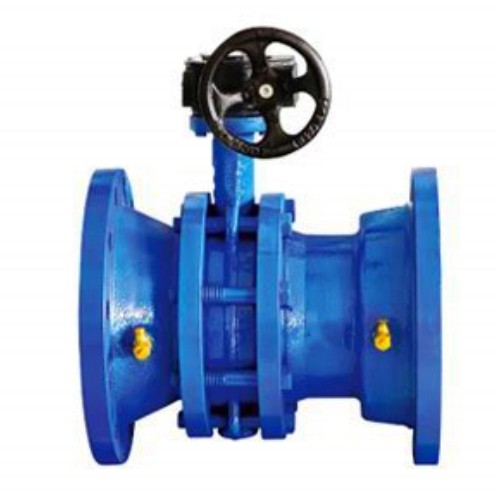100kpa pressure control valve
Understanding 100 kPa Pressure Control Valves Mechanisms and Applications
Pressure control valves are vital components in various industrial systems, designed to maintain a specific pressure level regardless of fluctuations in the input pressure or downstream demand. One common pressure specification for these devices is 100 kPa, which is approximately 14.5 psi. This article will delve into the functionality, design considerations, and applications of 100 kPa pressure control valves, emphasizing their importance in modern engineering.
What is a Pressure Control Valve?
A pressure control valve regulates the pressure of a fluid within a system by modulating the flow. When the system pressure exceeds the setpoint—here, 100 kPa—the valve opens partially or fully to allow more fluid to escape, thereby reducing the system pressure. Conversely, when the pressure drops below this threshold, the valve closes to restrict flow and maintain the desired pressure level. This basic functionality ensures the safe and efficient operation of hydraulic, pneumatic, and some fluid systems.
Types of Pressure Control Valves
Pressure control valves can be classified into various types based on their mechanism of operation
1. Relief Valves These valves open in response to excessive pressure, ensuring safety by allowing excess fluid to escape. They are commonly found in systems where pressure spikes can occur unexpectedly.
2. Regulating Valves These maintain a constant downstream pressure, making them ideal for applications requiring precise pressure control. They adjust their position based on real-time feedback from pressure sensors.
3. Check Valves While not typically considered pressure control valves, they can play a role in maintaining pressure by preventing backflow in a system.
4. Electro-Pneumatic Valves These utilize electronic controls to adjust pressure settings, offering more versatility and precision in applications requiring frequent pressure adjustments.
How Does a 100 kPa Pressure Control Valve Work?
When designing a 100 kPa pressure control valve, engineers consider several factors to ensure optimal performance
100kpa pressure control valve

- Actuation Mechanism Depending on the application, the valve may be actuated manually, pneumatically, hydraulically, or electronically. The chosen mechanism will influence response times and control accuracy.
- Spring Settings Most pressure control valves rely on a spring mechanism that determines the valve's opening pressure. A properly calibrated spring will ensure that the valve opens at exactly 100 kPa.
- Material Choice The materials used for the valve's construction must be compatible with the fluids in the system. For example, corrosive materials may require special coatings or alloys to prevent degradation.
- Size and Flow Capacity The size of the valve is critical for determining the flow capacity. An undersized valve may not adequately relieve pressure, while an oversized valve could result in inefficiencies.
Applications of 100 kPa Pressure Control Valves
100 kPa pressure control valves are utilized in various industries, including
- Water Supply Systems They help manage pressure within municipal water systems, ensuring consistent delivery and preventing pipe bursts. - HVAC Systems In heating and cooling applications, these valves regulate the pressure of refrigerants, optimizing system efficiency and performance.
- Process Industries In manufacturing settings, they maintain consistent pressure in chemical processes, essential for safety and quality control.
- Pneumatic Systems These valves help control the pressure in air-powered tools and machines, ensuring they operate efficiently.
Conclusion
In summary, a 100 kPa pressure control valve is an essential component in maintaining system integrity across various applications. Their ability to control pressure with precision ensures safety, efficiency, and reliability in fluid dynamics systems. As industries continue to advance, the importance of these valves will only grow, underscoring the need for ongoing innovation and improvement in their design and function. Understanding these valves' mechanisms and applications can help engineers and technicians implement effective solutions for pressure management in their respective fields.
-
Reliable Hydraulic Valves for Efficient Fluid ControlNewsAug.29,2025
-
Reliable Electric Actuators for Industrial Valve AutomationNewsAug.29,2025
-
Premium Line Blind Valves for Secure Pipeline IsolationNewsAug.29,2025
-
Premium Electric Valves for Smart Fluid Control SolutionsNewsAug.29,2025
-
Precision Balanced Valves for Optimal System PerformanceNewsAug.29,2025
-
Heavy-Duty Flanged Butterfly Valves for Water SystemsNewsAug.29,2025
-
Reliable Wafer Type Butterfly Valve - Durable & Space-Saving DesignNewsAug.29,2025




